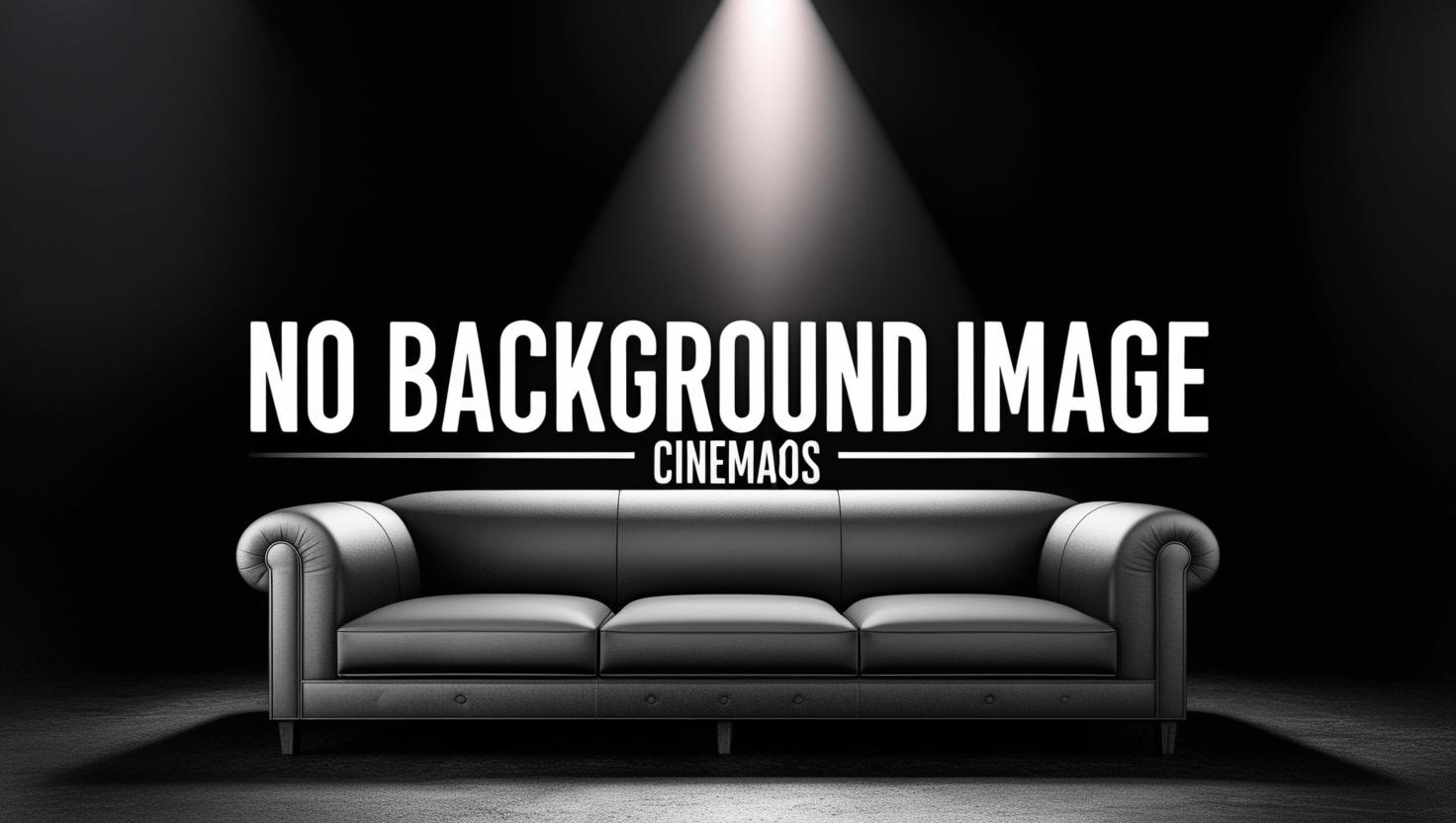
Bydlo
2024
00.0(0 votes)
Documentary
Overview
An experimental short film about wind and sunlight sweeping across tree leaves.
Links & Resources
Social & External

An experimental short film about wind and sunlight sweeping across tree leaves.
Social & External